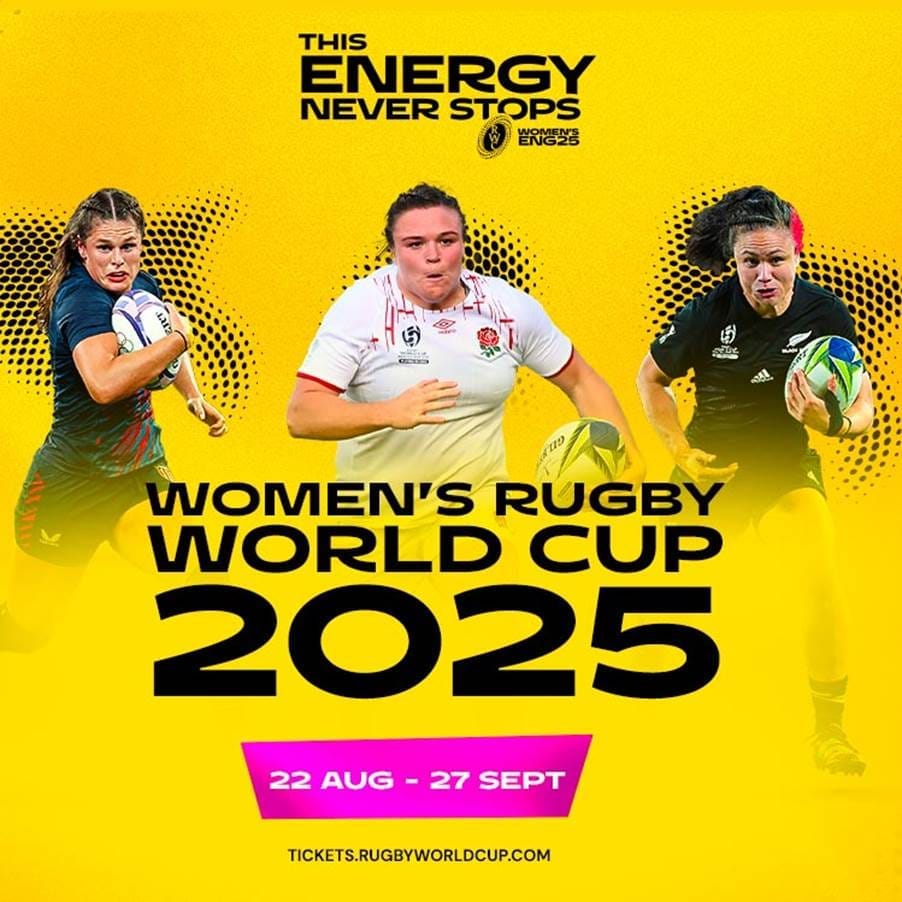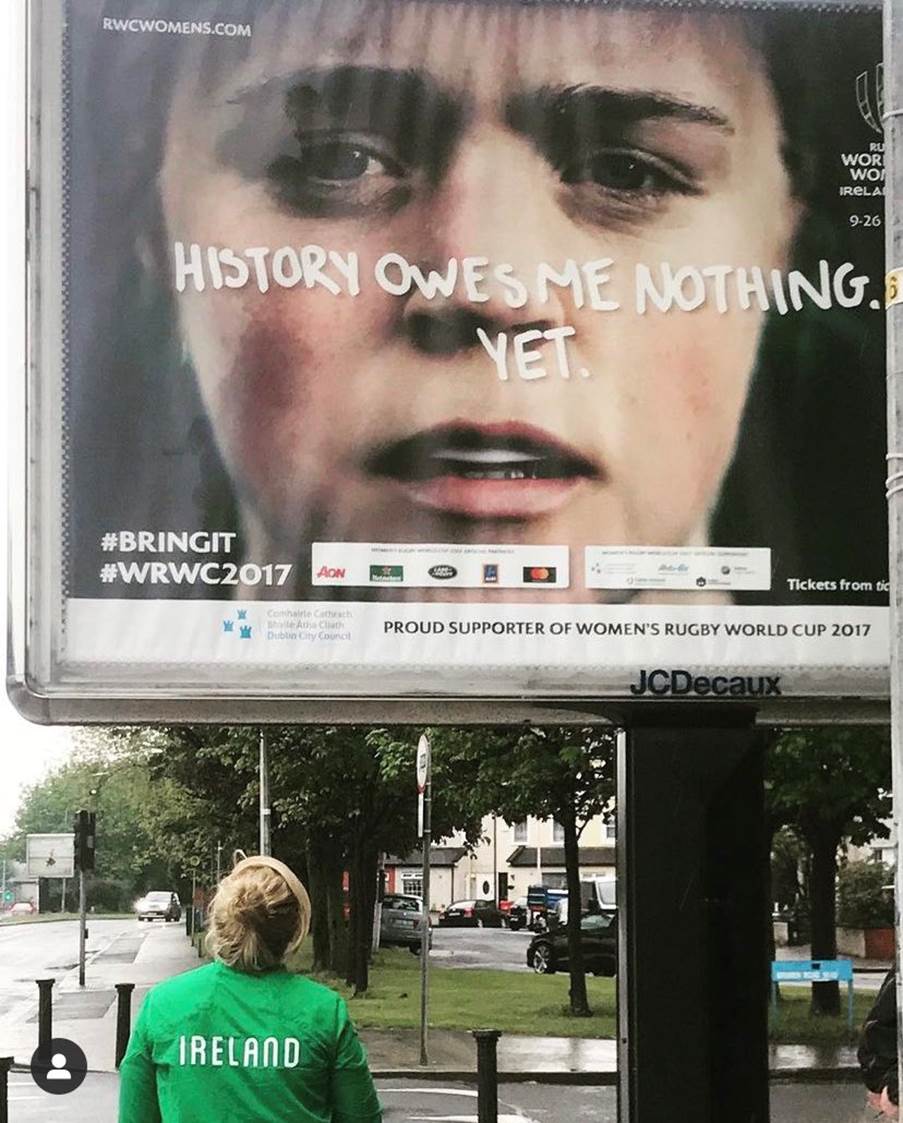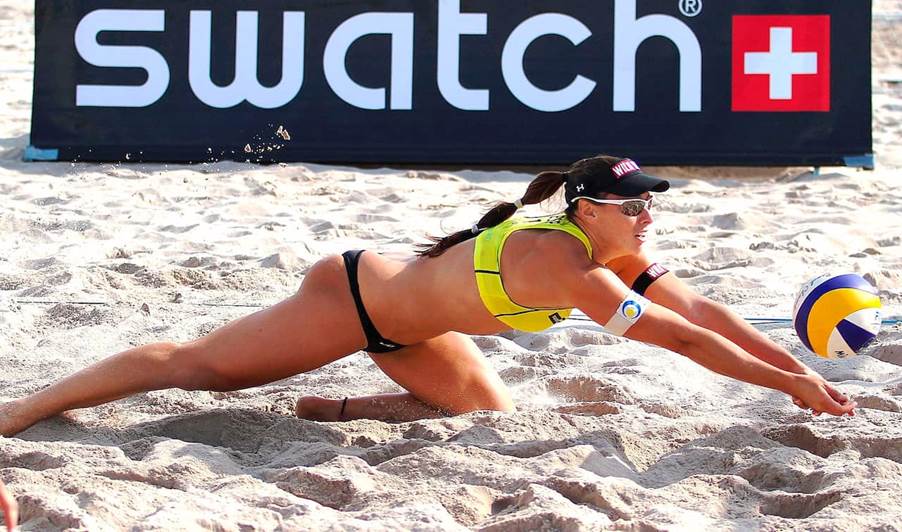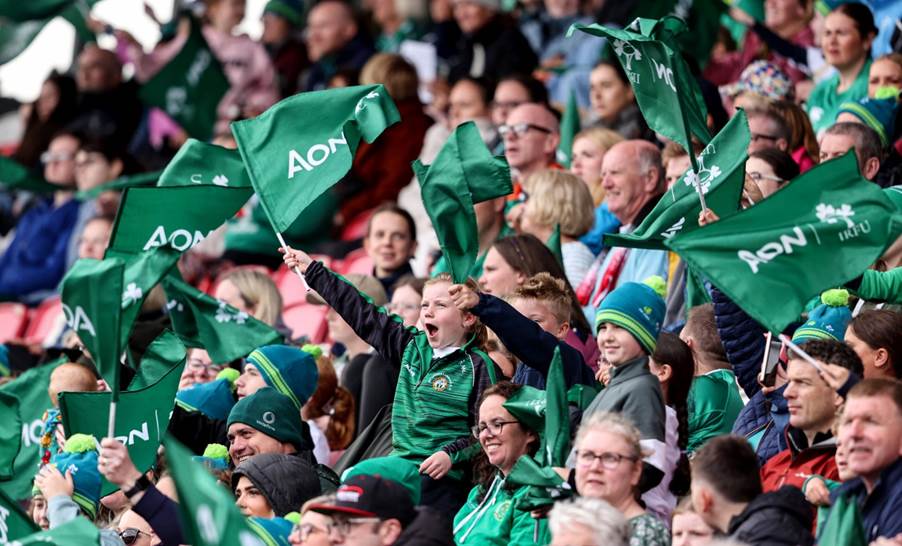It's just rugby...

As the rugby world cup is fast approaching, it makes me somewhat nostalgic. Before my very eyes, I’ve seen women’s rugby grow from the laughingstock of women’s sport to a complete powerhouse.
When I started playing rugby 20 years ago (what the hell did I just write?!) it was in a very different place. When any of my teammates or I would mention women’s rugby to someone outside the bubble, we’d be met with surprise and awe, not always the positive kind, that women even played rugby. Often the first question was “like, full contact rugby?”
Sometimes men would scoff or chuckle, sometimes women would judge. But some would want to show their admiration and want to know more.
The early days
Women’s rugby has been on quite the accelerated journey from where the women’s international game was hidden away, only there for friends and family of the players to attend. The sports sections barely made a mention of it, there wasn’t advertising with the players faces on full display, six foot tall from forehead to chin on a billboard.

The evolution has been fascinating to watch. Back in 2012 when six nations games were not being shown on the television, I remember petitioning and emailing RTE to show it. In 2013 we got the chance to watch the women’s team lift the cup when they won their first grand slam in Parma. At that point, the earlier games that year hadn’t been shown by RTE, it was only when they were on the verge of glory did we get to see it beamed into our living rooms. It goes without saying, we watched the men throughout the 90s come bottom or mid table, they didn’t need to be in a position to win the whole competition for it to be shown.
Back in those days, being a fan was hard. Bus loads and carloads of women would make their way to Ashbourne for the home games but find out about the score of the away games later in the small snippet of coverage they got in the media. It was the same for rugby world cups. Many came and went with little coverage. No opportunities to rope in new fans. Closed door stuff.
Entering the spotlight
Cut to 2017 and the first time Ireland ever hosted a world cup. With the pool stages in UCD and the finals in Ravenhill, the coverage of the game took a leap. We started to see it covered in the papers, RTE showing the games, the production value improving. However, with that, came the flurry of online trolls.
“Women shouldn’t play rugby”
“Nobody cares about women’s rugby”
“They should all just get back in the kitchen”
“I’m not sexist, they’re just terrible”
For every post about the women’s game there was 40 or 50 trolls casually commenting some version of the above. And this was in the days before bots…
This went on for years, as soon as the women’s game took a small step into the spotlight, vile levels of hatred and misogyny came with it. In fact, that really only disappeared in the last three years, and very gradually.
Women in sport
Much of women’s representation in sport until recently has been in sports that are women’s only, or where femininity is a core component or at least maintained. Women have been long celebrated in figure skating, gymnastics, athletics, and even in tennis, as long as they didn’t grunt too much. If they did, you could be sure there would be column inches by some misogynist decrying women’s participation in the sport and questioning why they’re there at all.
Women’s physical achievement was only socially acceptable if her strength and power wasn’t an element and if her sexual attractiveness to the male of our species was a key focus. Tight leotards, figure hugging outfits with glitz and sparkles.

As recently as last year’s Olympics and this year in Camogie, women have been fighting to wear what they choose, rather than what some committee or rule book dictates what they wear. It repeatedly seems to be that the requirement is to wear something more feminine or more revealing, never something practical and actually conducive to elite level sports participation.
Until now, women’s sport has always been seen through the lens of the male fan. It considers what they want to see, often to the detriment of those playing. Progress of women’s sport has often been dictated by and purposely mirroring the men’s version but also with male fans in mind.
Back to those trolls, many times I’ve been told that women need to support women’s sport and quoted with how few women actually did. But why would they, when it’s designed for the male fan?
Even the language around the game is off putting. In the media there has often been a common trait of calling men’s sport by the sports name, and the women’s sport with the qualifier of ‘women’s’ or, to suit the traditionalists, ‘ladies’.
Football – Women’s football
Hockey – Women’s hockey
Rugby – Women’s rugby
It is still not often you see “men’s rugby” used to talk about their game. The default has always been men’s, with women’s being treated like some subset of the game, the poor cousin. Attempts to call drop the qualifier for the women’s game has been met with criticism by those who feel victimised by having to differentiate themselves between the genders. Even some have entirely missed the point when they lament the disrespect of adding such a qualifier to the men’s game.
However, it’s not the trolls or the old hats in the media that are defining our game anymore. Finally, it is the players and fans themselves.
Redefining women’s sport
The most recent evolution to women’s sport has been how it is represented and who makes the decisions. Social media, with its many problems, has been a vehicle to free women from the confines of traditional media. It has enabled women to create content, to define the ‘why’ of the sport, why it’s played and why it’s watched, and with that has come a flood of new fans. Of course, with that has come the critics and the misogynists of social media too.
During the six nations this year, Sarah Bern made headlines as she set trends and went viral for fan interactions. Before that, her Bristol Bears colleague Ilona Maher set the rugby world alight with her social media content drawing in tones of fans. In the southern hemisphere, Ruby Tui has captured fans both local and around the world. Much of this went uncriticised for the most part. However, when Jasmine Joyce Butchers appeared on BBC television in the post-match coverage, dancing with current and former England internationals, the Welsh player drew much ire from fans who thought it inappropriate to be seen to ‘celebrate’ her sides considerable loss in the Principality stadium.
Again, it was the mistake of looking at it through the lens of men’s sport that was the issue. Many seemed to suggest that Joyce Butcher should be angry, reflecting on the loss and in no mood to participate in any post-match media unless she was critical of her team and her own performance.
The reality is that the women of this era of the game know the power of selling the sport. Social media is the recruiting ground of new fans and for many fans, the reason they love the sport. So much more of the women’s game and the enjoyment of it comes in the form of off-pitch content. That’s not to say that what happens on the pitch doesn’t matter, it absolutely does. It’s a competitive sport. But the drama matters too. Fans want to see what the players experience, what happens behind the scenes. They soak up the drama of friendships and rivalries….and the relationships. The fans of the women’s game are diverse in age and arguably more diverse in backgrounds than the men’s game, which is fed by a private school pathway, unlike in the women’s game.

It is because of the power of social media that advertisers are being drawn into the game, and it’s not the traditional advertisers in sport either. When you watch a premier league game on television, the half time ads are wall to wall alcohol, gambling, financial management, short term pay day loan operators and DIY retailers.
Companies are now starting to catch on to the value of advertising around women’s sport. Suddenly there is a new market for them to tap into and a new arena to market within. For example, Evoke has come onboard as one of the sponsors of the Irish women’s rugby team.
New ground
The risk however with redefining the game is that you lose some fans. The difficulty is trying to cater to all fans. I firmly believe that women’s rugby does that. It offers the competitiveness of the men’s game but with a whole new element to it also. The skill and ability are there, for those who value that above all else. The game is just as technical, but women’s abilities giving new and unforeseen strategic advantages and weaknesses, to challenge the really technical fans. It’s all there and it’s the reason this world cup is set to be the biggest one yet.
With all the growth the game is seeing, and with all the new elements we are seeing surrounding the game, soon too the language will change. It’s slower, but it’s happening. More and more we see ‘men’s rugby’ and ‘women’s rugby’.
Perhaps, one day it will just be ‘rugby’.
Ailbhe O'Nolan
Irish Women's Rugby Supporters Club (no the irony is not lost on me)